Home>Furniture & Design>Interior Design Trends>What Is Glass In Chemistry
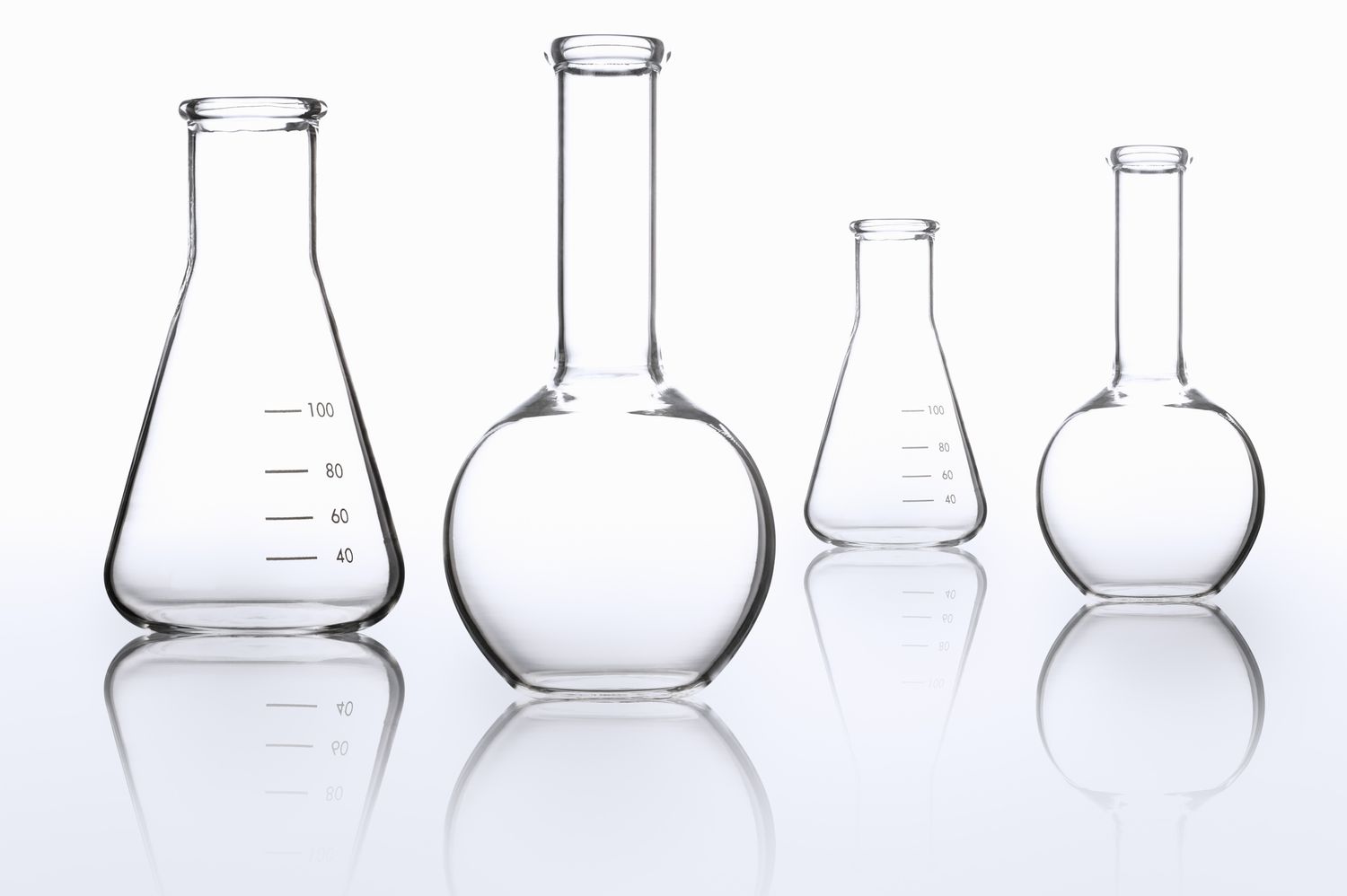

Interior Design Trends
What Is Glass In Chemistry
Modified: October 19, 2024
Discover the role of glass in chemistry and its impact on interior design trends. Explore the chemistry behind glass and its applications in modern interior design.
(Many of the links in this article redirect to a specific reviewed product. Your purchase of these products through affiliate links helps to generate commission for Storables.com, at no extra cost. Learn more)
Introduction
Glass is a fascinating and versatile material that has been an integral part of human civilization for centuries. Its unique properties and diverse applications have made it a cornerstone of various industries, including chemistry. In the realm of chemistry, glass plays a pivotal role in laboratory settings, manufacturing processes, and scientific research. Understanding the composition, properties, and applications of glass in chemistry is essential for comprehending its significance in the field.
Glass, in the context of chemistry, refers to an inorganic, non-crystalline solid material that is commonly transparent and amorphous. Its composition primarily consists of silica, along with varying amounts of other oxides such as sodium oxide, calcium oxide, and aluminum oxide. This composition gives glass its distinct properties, including transparency, hardness, and resistance to chemical corrosion.
The study of glass in chemistry encompasses a broad spectrum of topics, ranging from the synthesis and manipulation of glass compositions to the utilization of glassware in laboratory experiments. Moreover, the interdisciplinary nature of glass chemistry extends to fields such as materials science, chemical engineering, and environmental science, where the properties of glass are leveraged for diverse applications.
As we delve into the multifaceted world of glass in chemistry, we will explore the different types of glass, their unique properties, and the pivotal role they play in various chemical processes. By gaining a deeper understanding of the fundamental principles underlying glass chemistry, we can appreciate the intricate interplay between this remarkable material and the advancements in chemical research and innovation.
Key Takeaways:
- Glass in chemistry is a unique, non-crystalline material with properties like transparency, hardness, and resistance to chemical corrosion. It’s used in labs, manufacturing, and scientific research, playing a crucial role in various chemical processes.
- Different types of glass, like soda-lime and borosilicate, have specific properties that make them suitable for diverse applications. From everyday products to precision laboratory work, glass is essential in modern engineering, design, and innovation.
Read more: What Are Glass Packs
Definition of Glass in Chemistry
Glass, in the realm of chemistry, is defined as an inorganic, non-crystalline solid material that exhibits a unique atomic structure. Unlike crystalline solids, which possess a highly ordered arrangement of atoms, glass lacks a regular crystalline lattice, resulting in an amorphous, or non-crystalline, structure. This distinctive atomic arrangement contributes to the transparency and physical properties that characterize glass.
The chemical composition of glass primarily comprises silica (silicon dioxide), which serves as the fundamental building block. In addition to silica, glass formulations often incorporate other oxides such as sodium oxide, calcium oxide, and aluminum oxide. These additional components are strategically blended to impart specific properties to the glass, such as thermal resistance, optical clarity, and mechanical strength.
The process of forming glass involves the melting of raw materials at high temperatures, followed by rapid cooling to prevent the formation of a crystalline structure. This rapid cooling, known as quenching, locks the atoms in a disordered state, resulting in the non-crystalline nature of glass. The absence of a defined atomic arrangement gives glass its characteristic amorphous nature, allowing light to pass through it without significant distortion.
From a chemical perspective, the atomic structure of glass is characterized by a network of interconnected silicon-oxygen tetrahedra. This network imparts stability to the glass matrix while allowing for the incorporation of various modifiers and stabilizers to tailor its properties for specific applications. The absence of long-range order in the atomic arrangement distinguishes glass from crystalline materials, leading to its unique combination of transparency, hardness, and resistance to chemical corrosion.
In the realm of chemistry, the study of glass extends beyond its physical properties to encompass the synthesis, characterization, and manipulation of glass compositions. This interdisciplinary field integrates principles from materials science, physical chemistry, and chemical engineering to unravel the intricate structure-property relationships that underpin the behavior of glass. Moreover, the applications of glass in chemical processes, such as the fabrication of specialized glassware for laboratory experiments and the development of glass-based materials for industrial applications, underscore its significance in the domain of chemistry.
In essence, the definition of glass in chemistry encompasses its distinctive non-crystalline structure, composition, and the interplay of chemical principles that govern its properties and applications. This multifaceted material continues to intrigue researchers and innovators, driving advancements in chemical technology and scientific exploration.
Types of Glass
Glass exhibits remarkable diversity, manifesting in a myriad of types that cater to specific applications and functional requirements. The classification of glass is based on its composition, manufacturing process, and intended use, resulting in a rich tapestry of glass variants that serve as essential components in various industries. Here are some of the prominent types of glass:
-
Soda-Lime Glass: This ubiquitous type of glass constitutes a significant portion of the glass produced globally. Comprising silica, soda ash, and lime, soda-lime glass is renowned for its transparency and workability. It finds extensive use in the manufacturing of windows, bottles, and tableware due to its cost-effectiveness and ease of production.
-
Borosilicate Glass: Renowned for its exceptional thermal resistance and low coefficient of expansion, borosilicate glass is a staple in laboratory settings and industrial applications. Its composition, which includes silica and boron trioxide, imparts superior resistance to thermal shock, making it ideal for laboratory glassware, cookware, and high-temperature applications.
-
Fused Silica Glass: With a high purity level and minimal thermal expansion, fused silica glass is prized for its optical clarity and resistance to high temperatures. This type of glass is integral to the production of precision optics, semiconductor components, and specialized laboratory equipment, where its exceptional purity and thermal stability are paramount.
-
Lead Glass: Infused with lead oxide, this type of glass exhibits heightened refractive properties, making it a preferred choice for luxury crystalware, decorative glass art, and optical lenses. The addition of lead oxide enhances the glass's brilliance and optical characteristics, resulting in exquisite glass products prized for their aesthetic appeal.
-
Float Glass: Engineered through the float glass process, this type of glass boasts uniform thickness and pristine surface quality, making it an ideal choice for architectural glazing, automotive windows, and mirrors. The float glass manufacturing method involves floating molten glass on a bed of molten tin, resulting in a pristine, distortion-free surface that meets stringent architectural and automotive standards.
-
Specialty Glasses: Beyond these conventional types, a diverse array of specialty glasses cater to niche applications, such as chemically strengthened glass for mobile device screens, anti-reflective glass for optical coatings, and radiation-shielding glass for medical and nuclear applications. These specialized glasses leverage tailored compositions and manufacturing techniques to fulfill specific performance criteria, underscoring the versatility of glass as a material.
The expansive repertoire of glass types underscores the adaptability and utility of this material across a spectrum of industries, from construction and manufacturing to scientific research and artistic expression. Each type of glass embodies a unique set of properties and characteristics, reflecting the ingenuity and innovation that continue to propel the evolution of glass technology.
Glass is a non-crystalline, amorphous solid made by melting sand and other materials. It is transparent, hard, and brittle, and has many uses in everyday life, such as windows, bottles, and lenses.
Properties of Glass
Glass exhibits a diverse array of properties that render it indispensable in numerous applications across various industries. Understanding the fundamental characteristics of glass is essential for comprehending its behavior, performance, and suitability for specific uses. Here are the key properties of glass that underscore its significance:
-
Transparency: One of the most distinctive properties of glass is its transparency, allowing light to pass through with minimal absorption or scattering. This optical clarity makes glass an ideal material for windows, lenses, and display panels, enabling the transmission of light while providing protection from the elements.
-
Hardness: Despite its transparent and seemingly delicate appearance, glass possesses notable hardness and scratch resistance. This property contributes to its durability and longevity in applications such as architectural glazing, consumer electronics, and protective enclosures.
-
Chemical Inertness: Glass exhibits a high degree of chemical inertness, making it resistant to corrosion from acids, alkalis, and other reactive substances. This property is particularly advantageous in laboratory settings, where glassware is utilized for chemical experiments and analyses without the risk of material degradation.
-
Thermal Stability: Certain types of glass, such as borosilicate glass, demonstrate exceptional thermal stability, with the ability to withstand rapid temperature changes without fracturing. This property is critical for laboratory glassware, cookware, and industrial components subjected to thermal stresses.
-
Electrical Insulation: Glass possesses excellent electrical insulation properties, making it suitable for applications in electrical and electronic devices. Its insulating nature prevents the flow of electrical current, contributing to the safety and reliability of glass-based components in various electronic systems.
-
Dimensional Stability: Glass exhibits minimal dimensional changes over time, maintaining its shape and structural integrity under varying environmental conditions. This property is vital for precision optics, scientific instruments, and architectural components that require long-term stability and consistent performance.
-
Recyclability: An environmentally sustainable property of glass is its recyclability, allowing it to be melted down and reformed without compromising its quality. This characteristic aligns with the principles of circular economy and resource conservation, making glass a preferred material in sustainable design and manufacturing practices.
-
Sound Insulation: Glass possesses sound-dampening properties, enabling it to attenuate external noise and provide acoustic insulation in architectural and automotive applications. This property contributes to creating quiet and comfortable environments while enhancing the overall functionality of glass-based structures.
The amalgamation of these properties underscores the versatility and utility of glass across a spectrum of applications, from architectural facades and consumer products to scientific instruments and industrial components. The interplay of these properties defines the performance and functionality of glass, positioning it as a cornerstone material in modern engineering, design, and innovation.
Uses of Glass in Chemistry
Glass plays a pivotal role in the realm of chemistry, serving as an indispensable material in a myriad of applications that span laboratory experiments, scientific research, and industrial processes. The unique properties of glass, including its transparency, chemical inertness, and thermal stability, render it well-suited for diverse functions within the domain of chemistry. Here are some prominent uses of glass in chemistry:
-
Laboratory Glassware: Glassware such as beakers, flasks, test tubes, and pipettes are fundamental components of chemical laboratories. The transparency of glass allows for visual monitoring of reactions and sample contents, while its inert nature ensures minimal interference with the chemical substances being manipulated. Moreover, the thermal stability of certain glass types, such as borosilicate glass, enables their use in heating and cooling processes without compromising structural integrity.
-
Reaction Vessels and Apparatus: Glass serves as an ideal material for constructing reaction vessels and apparatus due to its resistance to chemical corrosion and thermal shock. From reflux condensers to distillation columns, glass-based equipment facilitates a wide range of chemical processes, offering a clear view of reactions and enabling precise control of experimental parameters.
-
Optical Components: In spectroscopy and analytical chemistry, glass optics, such as cuvettes and lenses, are essential for transmitting and analyzing light. The optical clarity and dimensional stability of glass ensure accurate measurements and reliable data acquisition in various analytical techniques, including UV-Vis spectroscopy and fluorescence analysis.
-
Chemical Storage and Containment: Glass containers, bottles, and vials are commonly utilized for storing and transporting chemical reagents, solutions, and samples. The non-reactive nature of glass minimizes the risk of contamination and ensures the integrity of stored substances, making it a preferred choice for preserving sensitive compounds and solutions.
-
Specialized Glassware: The versatility of glass extends to specialized applications, including chromatography columns, desiccators, and gas absorption apparatus. These specialized glassware items are tailored to specific chemical processes, offering precise control over separation, purification, and analysis techniques in various research and industrial settings.
-
Glass Reactors and Process Equipment: In chemical manufacturing and process development, glass reactors and process equipment facilitate the synthesis and scale-up of chemical compounds. The transparency of glass enables real-time observation of reactions, while its resistance to harsh chemical environments ensures the safe and efficient execution of diverse chemical processes.
-
Environmental Monitoring Instruments: Glass components are integral to environmental monitoring instruments, such as gas analyzers and particulate samplers. The durability and chemical inertness of glass enable the accurate detection and analysis of pollutants and environmental contaminants, contributing to environmental research and regulatory compliance efforts.
The pervasive presence of glass in chemistry underscores its indispensable role in enabling scientific exploration, chemical analysis, and technological innovation. The adaptability and reliability of glass as a material continue to underpin advancements in chemical research and industrial processes, shaping the landscape of modern chemistry and scientific discovery.
Read more: What Is A Crystal Glass?
Conclusion
In conclusion, the multifaceted nature of glass in chemistry encompasses its fundamental properties, diverse types, and pivotal role in a myriad of applications. The unique combination of transparency, hardness, chemical inertness, and thermal stability positions glass as an indispensable material in laboratory experiments, scientific research, and industrial processes within the domain of chemistry. From the ubiquitous soda-lime glass used in everyday products to the specialized borosilicate glass essential for precision laboratory work, the versatility and utility of glass underscore its enduring significance in the field of chemistry.
The classification of glass into various types, each tailored to specific applications and functional requirements, reflects the ingenuity and innovation that continue to propel the evolution of glass technology. Whether it is the exceptional thermal resistance of borosilicate glass or the optical clarity of fused silica glass, each type embodies a unique set of properties that cater to diverse industrial, scientific, and artistic endeavors. The adaptability and utility of glass across a spectrum of industries, from construction and manufacturing to scientific research and environmental monitoring, highlight its indispensable role as a cornerstone material in modern engineering, design, and innovation.
Furthermore, the pervasive presence of glass in laboratory settings, chemical manufacturing, and environmental monitoring underscores its indispensable role in enabling scientific exploration, chemical analysis, and technological innovation. The transparency, chemical inertness, and thermal stability of glass facilitate a wide range of chemical processes, offering a clear view of reactions, precise control of experimental parameters, and reliable containment of sensitive compounds. The interplay of these properties defines the performance and functionality of glass, positioning it as a cornerstone material in modern chemistry and scientific discovery.
As glass continues to intrigue researchers and innovators, driving advancements in chemical technology and scientific exploration, its enduring legacy as a versatile and indispensable material in the realm of chemistry remains unwavering. The study of glass in chemistry not only unravels the intricate structure-property relationships that underpin its behavior but also underscores its pivotal role in shaping the landscape of modern chemistry and scientific discovery. In essence, the enduring legacy of glass in chemistry reflects its enduring legacy as a material that continues to inspire, innovate, and propel the frontiers of scientific and technological advancement.
Frequently Asked Questions about What Is Glass In Chemistry
Was this page helpful?
At Storables.com, we guarantee accurate and reliable information. Our content, validated by Expert Board Contributors, is crafted following stringent Editorial Policies. We're committed to providing you with well-researched, expert-backed insights for all your informational needs.

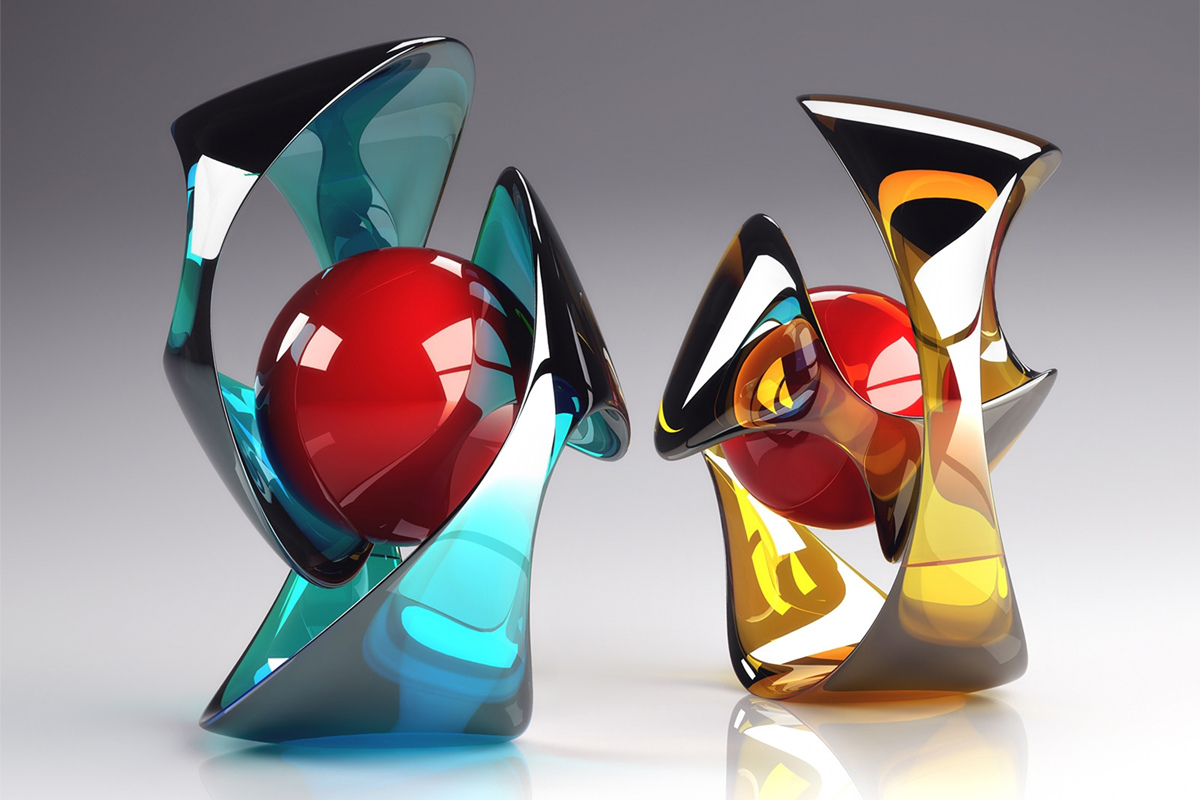

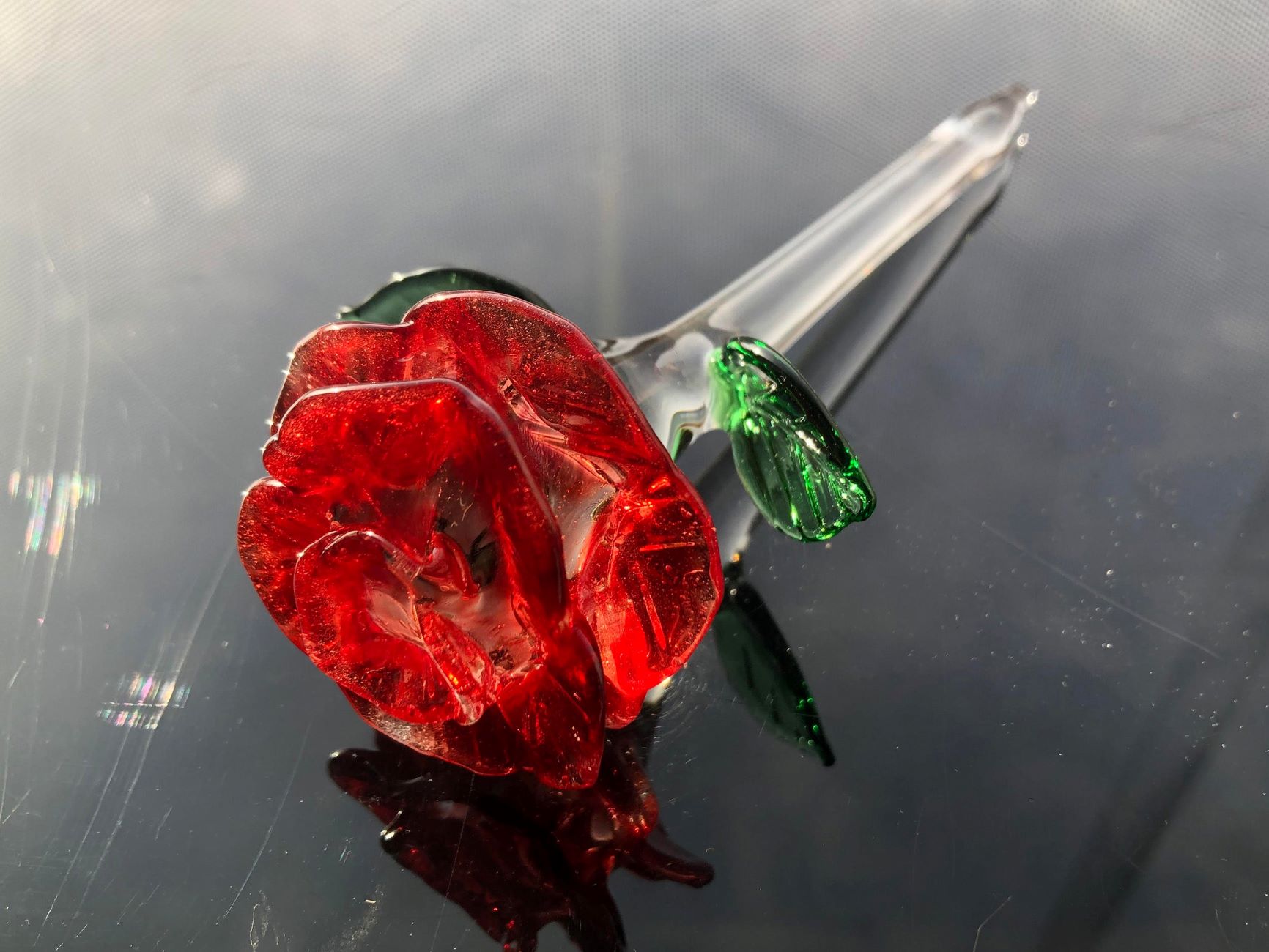
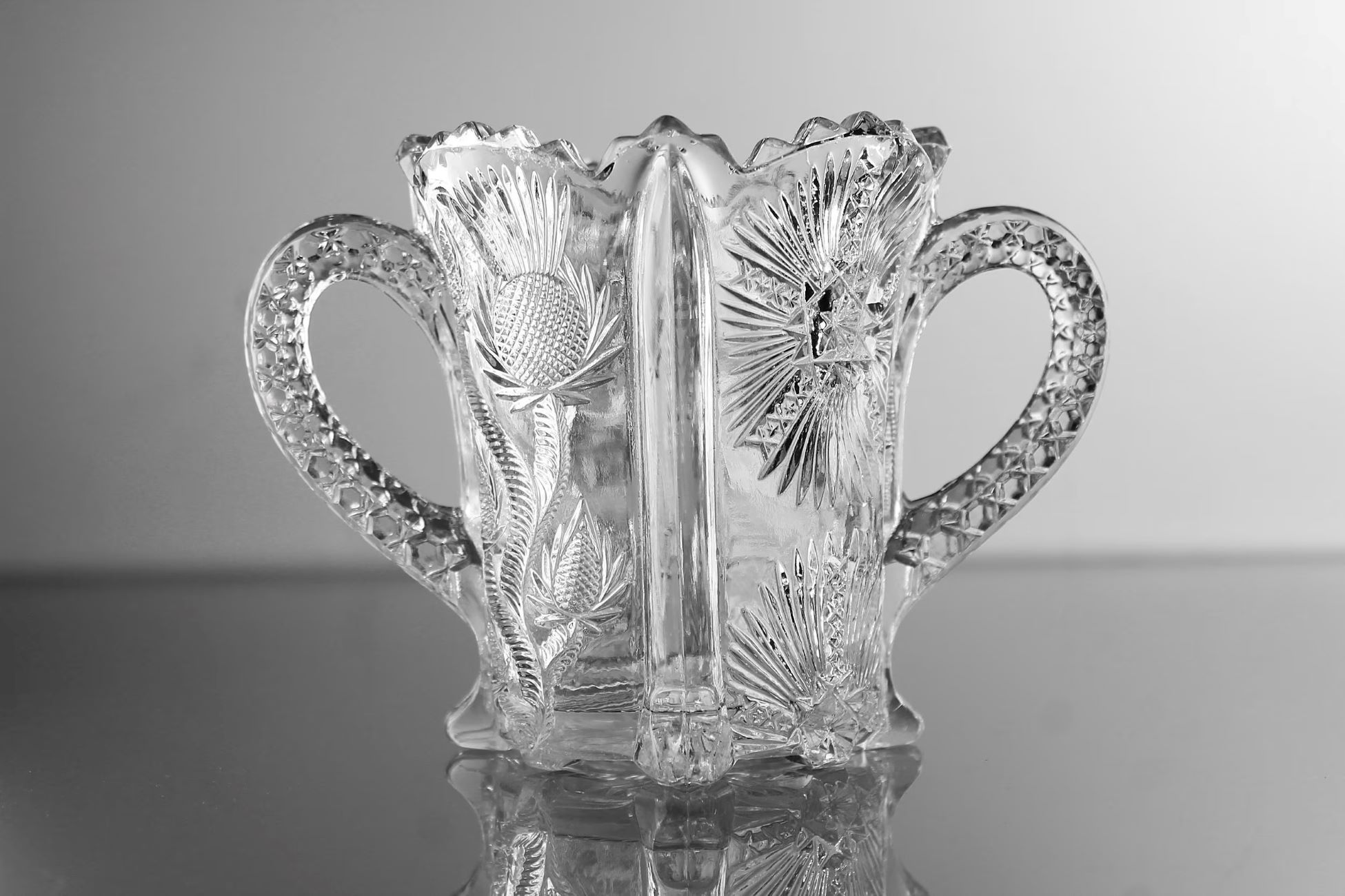
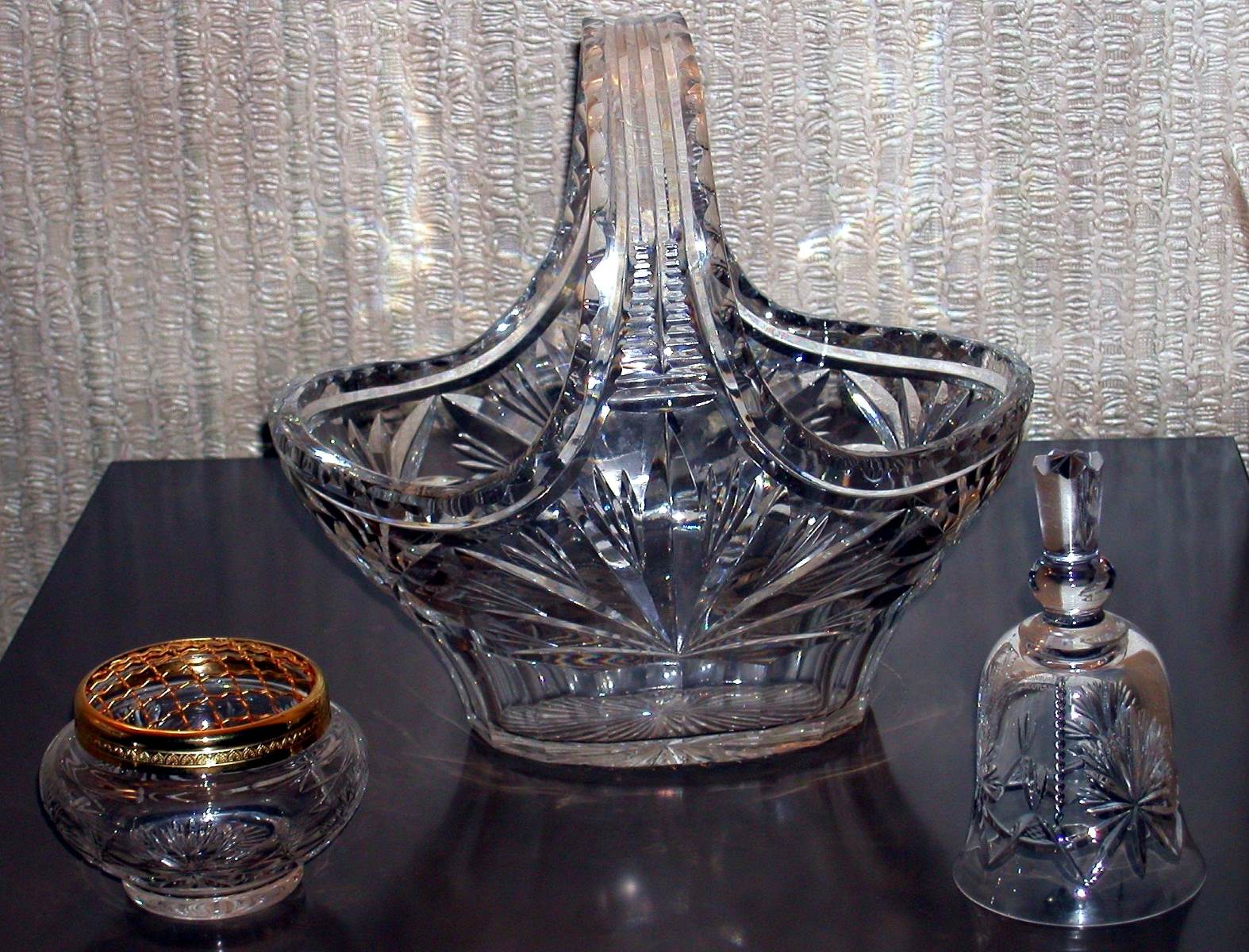

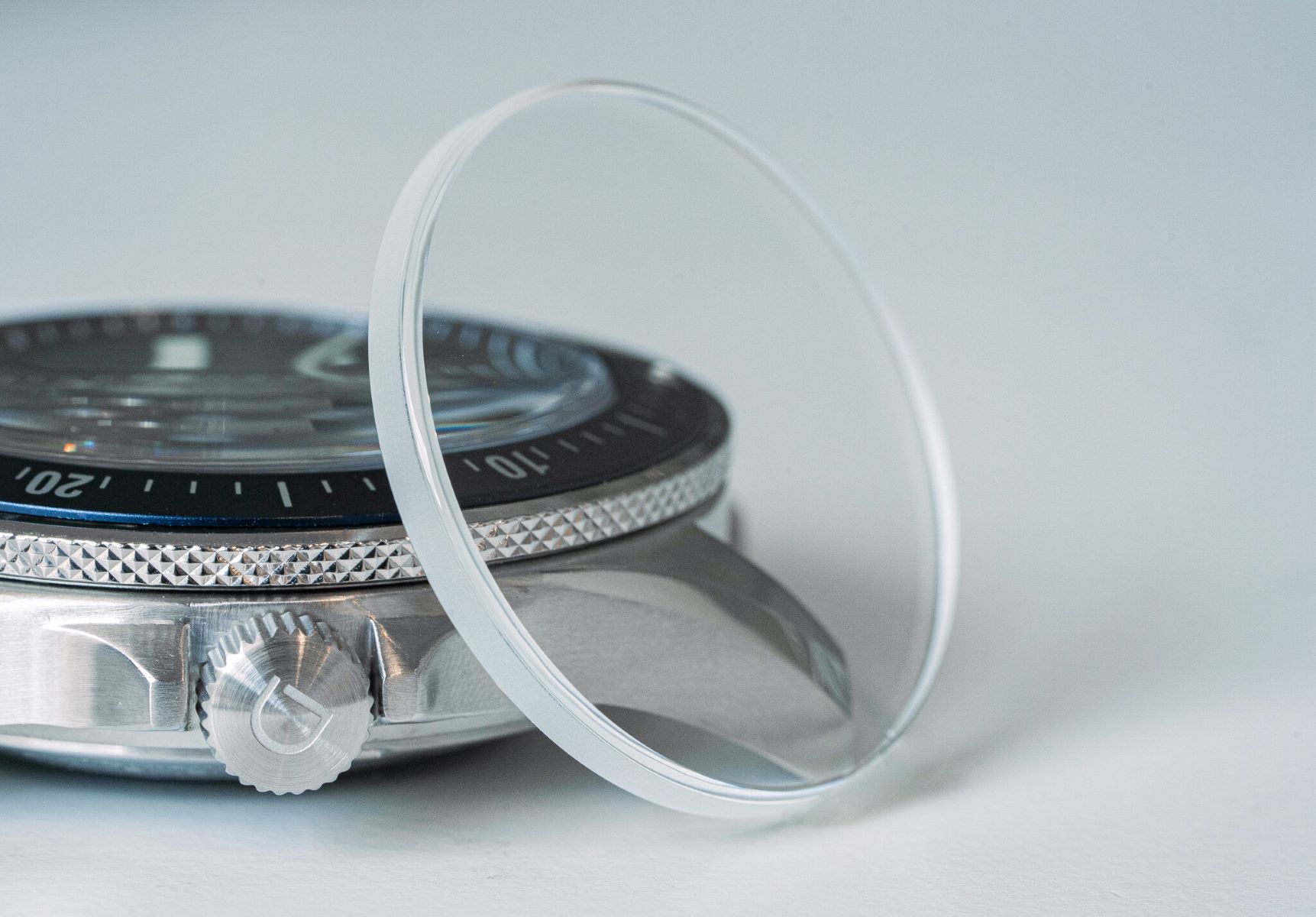

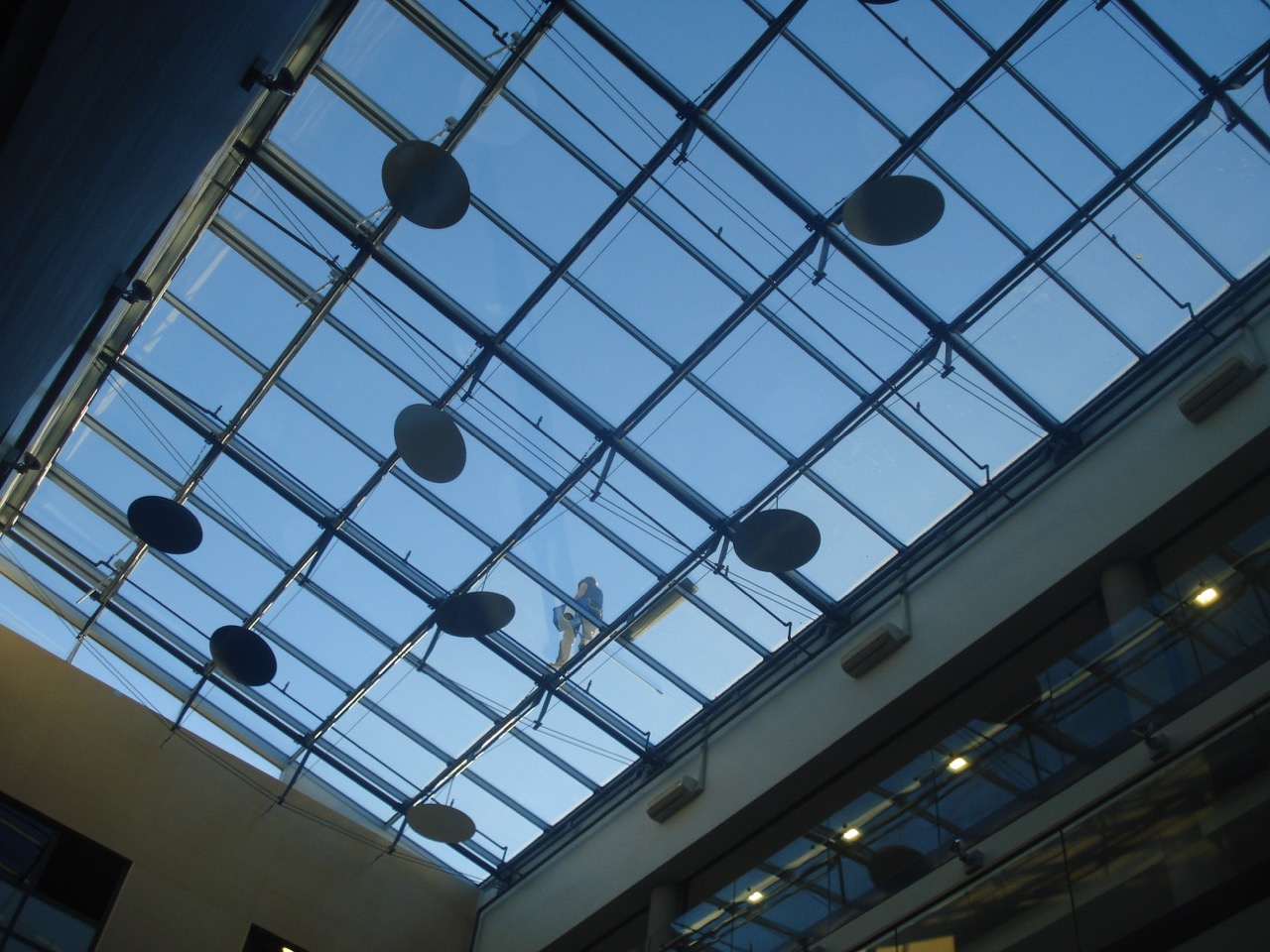
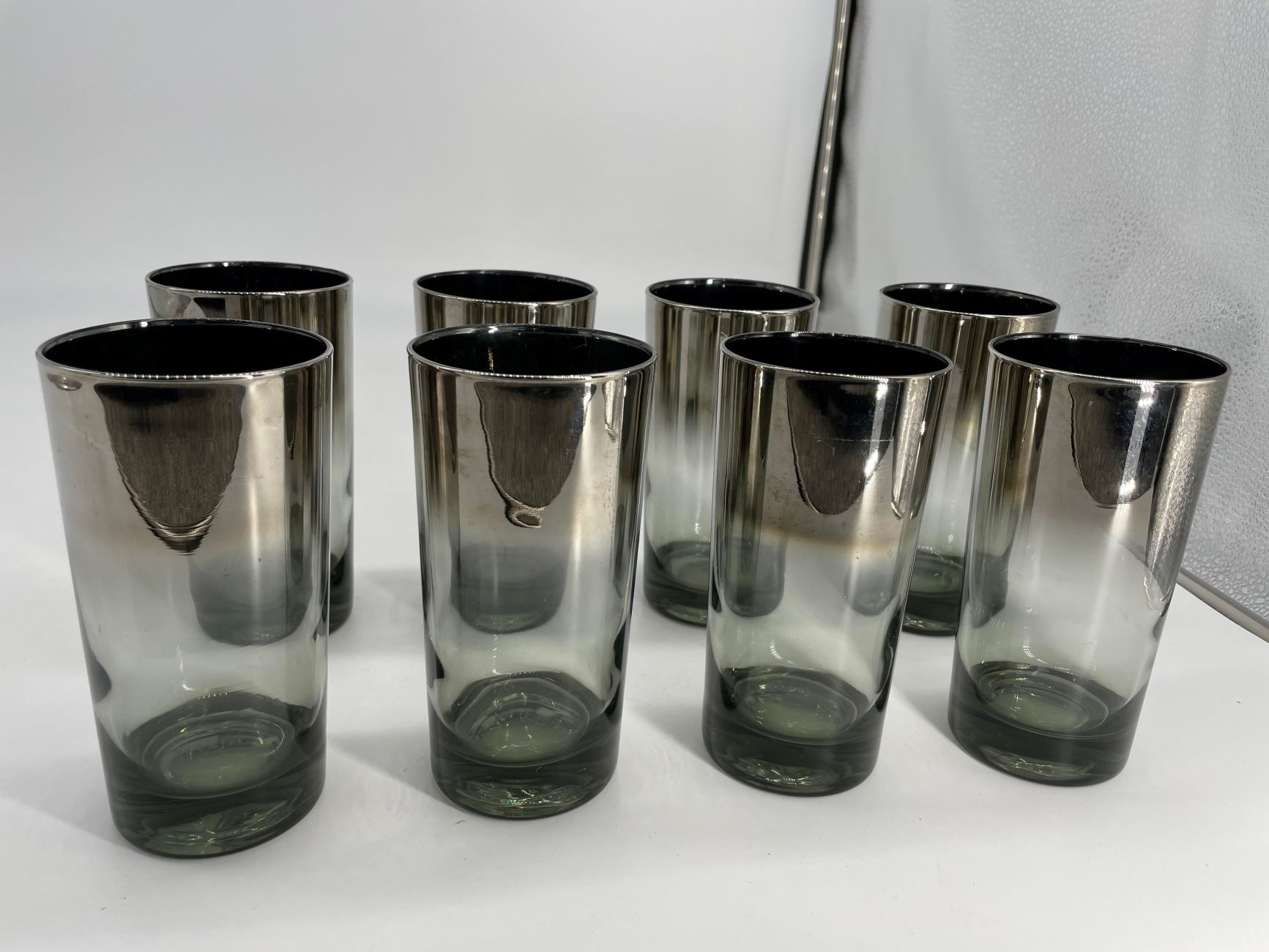
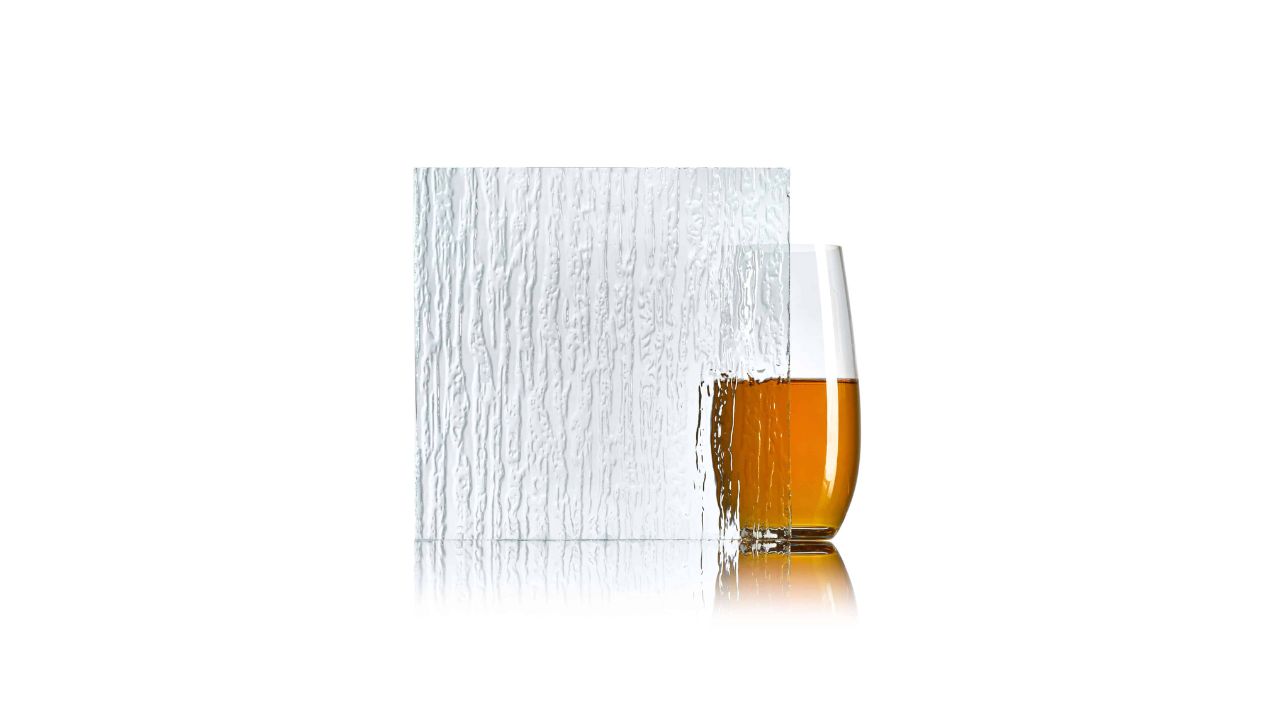

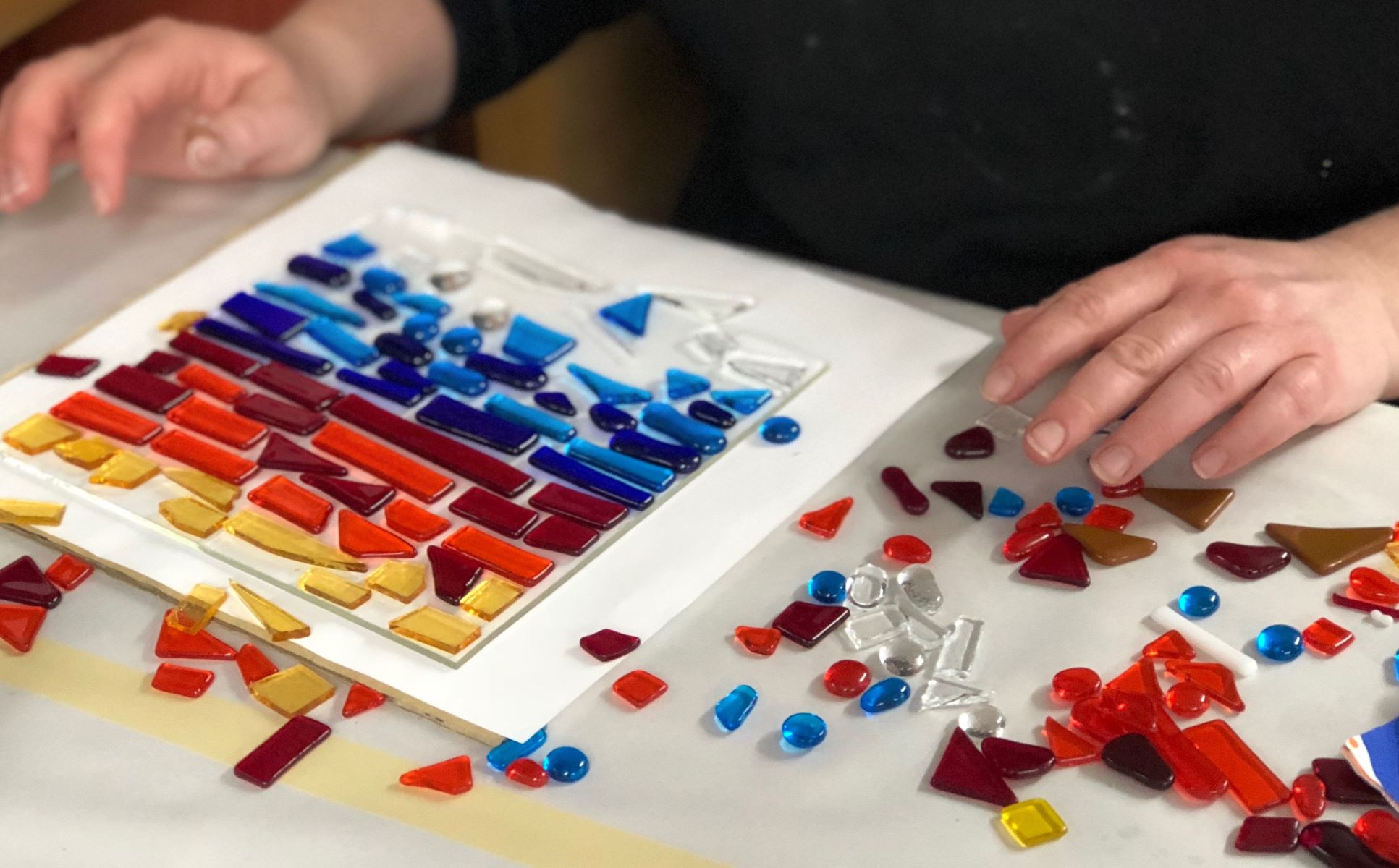

0 thoughts on “What Is Glass In Chemistry”